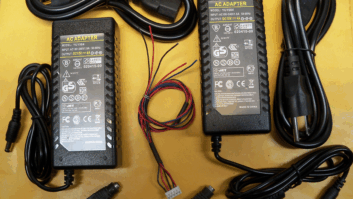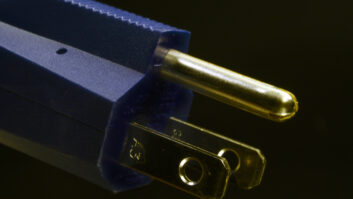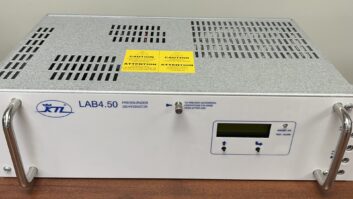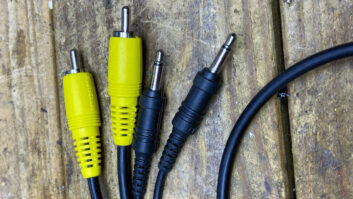Consultant Frank Hertel sees a lot of electronic devices, both consumer and broadcast, that use 3.5 mm Tip-Ring-Ring-Sleeve (TRRS) connectors. However, many of them use non-standard wiring configurations. Frank decided to share a drawing that you can clip from this column or take a picture of to keep on your phone as an aid in wiring TRRS connectors.
You might also tape the graphic to the bottom of the equipment, with appropriate notes, so the next guy won’t waste time trying to solve the pinout.
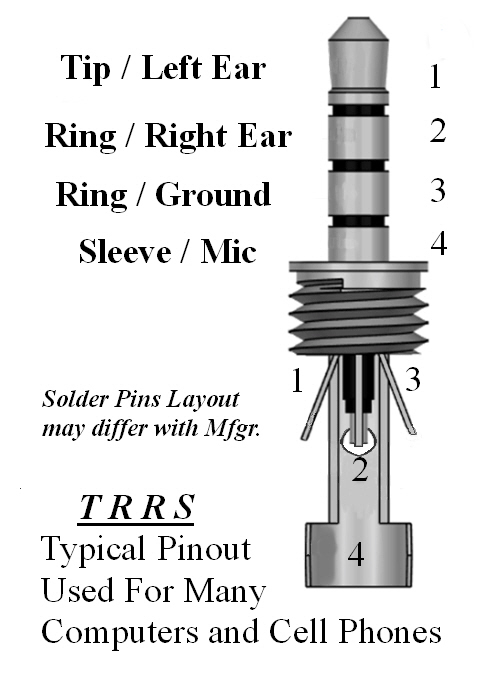
Frank’s drawing reflects the most commonly used configuration. But be aware of this connector’s foibles, solder pin variations and the non-standard wiring used by some manufacturers. In some devices the wiring is perverted, and the equipment may not work properly or at all. Frank also advises that you trace the solder pin connections for each plug. They may be laid out differently, and it’s easy to get it wrong.
Clip-n-Save
Radio World Editor in Chief Paul McLane passes along another useful image, a color photo of the resistor color code. This appeared on a PDF on the website of Jameco Electronics. You can find similar images online.
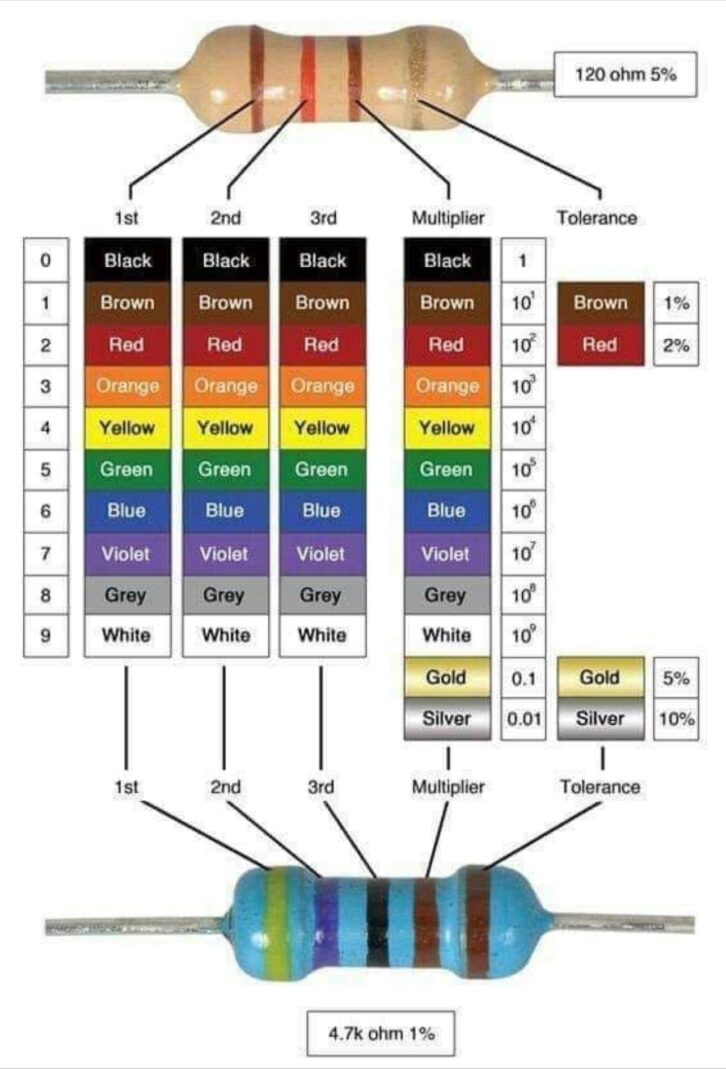
Test yer backups
Brian Cunningham, CBRE, is a chief engineer for Crawford Broadcasting, based in western New York. He wrote recently in Crawford’s engineering newsletter The Local Oscillator about the importance of checking backup equipment regularly.
As a part of his weekly transmitter maintenance site visits, he operates each auxiliary transmitter into a dummy load. This ensures proper operation in the event of a main transmitter failure.
When Brian recently tested a Continental 816R-4C auxiliary transmitter, it came up but then immediately shut down. Brian spotted a high amount of reflected power on the IPA when it was on, so he lowered the transmitter’s total power output and applied the plate voltage again. The transmitter stayed on but the output power was bouncing and reflected power on the IPA was, again, noticeably higher.
Coming back with test equipment, Brian checked the performance first of the Continental 802-B exciter and then of the IPA amplifier. Bypassing the IPA and running the exciter directly into the final PA showed no difference in performance. The transmitter would not stay on with power settings above 55 to 60 percent.
Brian then moved to the IPA, and everything was good there. The exciter exhibited no issues and was on frequency, so he moved on to a thorough examination of the final PA tube socket. No visible abnormalities, burnouts or signs of extreme heat.
This led him to suspect a tube problem. Brian had a used tube on hand so he installed it to see if the problem would go away. The rig tuned up beautifully, though the total power output maxed at 85% because of the age of the tube.
I like Brian’s step-by-step approach of separating and checking each section of the transmitter: exciter, intermediate power amplifier and final power amplifier. It offers a reminder for all of us in diagnosing serious problems. Figuring out the problem was easy; next came the effort of trying to find a rebuilt tube in stock.
One engineer’s favorite “tool”
Bill Traue, CSRE, 8-VSB, AMD, is principal at Bill Traue Technical Service. One tool that he carries in his travel bag is particularly useful in areas where snakes are known to intrude in transmitter facilities. It is manufactured by Smith & Wesson and comes in many models and sizes. Ruger and Colt offer options too. Bill notes that they often increase in value over time.
Like any tool, a handgun should be kept clean, wiped down with a lightly oiled cloth from time to time, and you should be well trained in its proper and safe use.
If your contract business takes you on interstates or airplanes, check local laws on what is allowed in your bag, and understand the rules about carrying firearms when flying.
Send us your tips. Submissions are encouraged and qualify for SBE recertification credit. Email [email protected].
